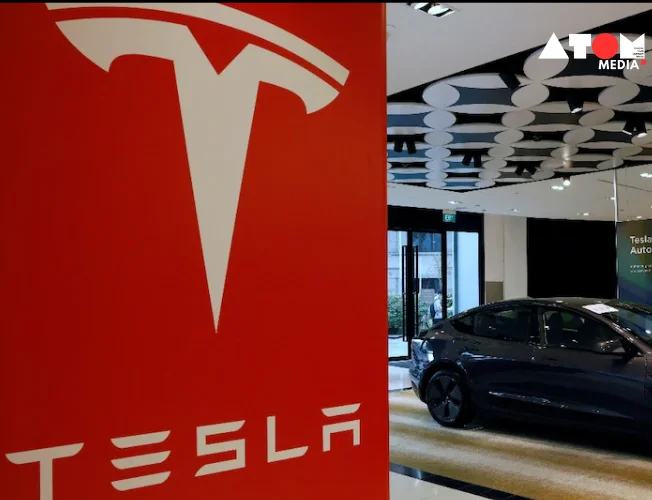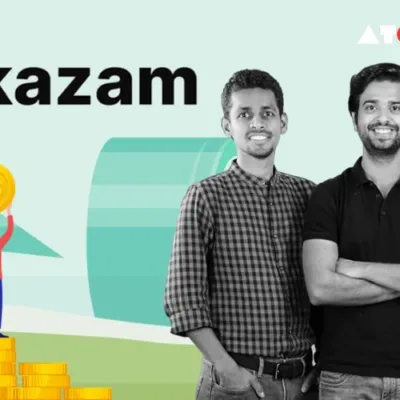Tesla has sparked renewed debate about self-driving technology with a significant price cut for its Full Self-Driving (FSD) software package. This move comes despite ongoing challenges in achieving true self-driving capabilities and increasing regulatory hurdles.
FSD Price Cut in the US
On April 21st, 2024, Tesla announced a price reduction for its FSD software in the United States. The package, which offers a suite of driver-assistance features, is now available for $8,000, a substantial drop from its previous price of $12,000. This move follows a recent reduction in the monthly subscription fee from $199 to $99. Tesla has also included a one-month free trial for all Tesla customers.
Musk’s Ambitions and Regulatory Scrutiny
Elon Musk, Tesla’s CEO, remains a vocal proponent of self-driving technology, viewing it as a potential future revenue stream for the company. However, Tesla has repeatedly missed deadlines for achieving full self-driving capabilities, and its existing FSD system has faced criticism and regulatory scrutiny.
Focus on Robotaxis
Earlier in April, Musk announced plans to unveil Tesla’s robotaxis on August 8th, 2024. This news coincided with reports suggesting Tesla had shelved its plans for a more affordable, mass-market electric vehicle in favor of focusing on robotaxis. The viability and timeline for these robotaxis remain uncertain, with significant technical and regulatory hurdles still present.
Price Cuts Reflect Broader Market Pressures
Tesla’s price reduction for the FSD software is not an isolated event. The company has recently implemented price cuts across its vehicle lineup in major markets like China and the United States. These moves come amid declining sales figures and intensifying competition in the electric vehicle (EV) market, particularly from established Chinese automakers offering more affordable EV options.
Price Cuts in China
In China, the world’s largest auto market, Tesla has slashed prices for its Model 3, Model Y, Model S, and Model X by nearly $2,000 each. This strategy mirrors similar price reductions implemented in the US market. The pressure to reduce prices stems from falling sales figures and the increasing competitiveness of the Chinese EV landscape, where domestic manufacturers are offering compelling electric vehicles at lower price points.
Tesla’s Declining Deliveries
Tesla’s global vehicle deliveries in the first quarter of 2024 marked the company’s first decline in nearly four years. Despite price cuts, Tesla has struggled to stimulate significant demand. This slowdown can be attributed to several factors, including:
Slow Refresh Cycle: Tesla has not introduced significant updates to its core vehicle models in recent years. As interest rates rise and consumers become more cautious about large purchases, the lack of fresh offerings may be deterring potential buyers.
Rising Competition: The EV market, particularly in China, is witnessing a surge in competition. Chinese automakers are rapidly rolling out new EV models at competitive price points, which puts pressure on Tesla’s market share.
Musk’s India Visit Postponed: In a separate development, Elon Musk postponed a planned visit to India, where he was scheduled to meet with Prime Minister Narendra Modi. This visit reportedly aimed to announce Tesla’s entry into the Indian market. The postponement has fueled
Read more: Marketing News, Advertising News, PR and Finance News, Digital News





